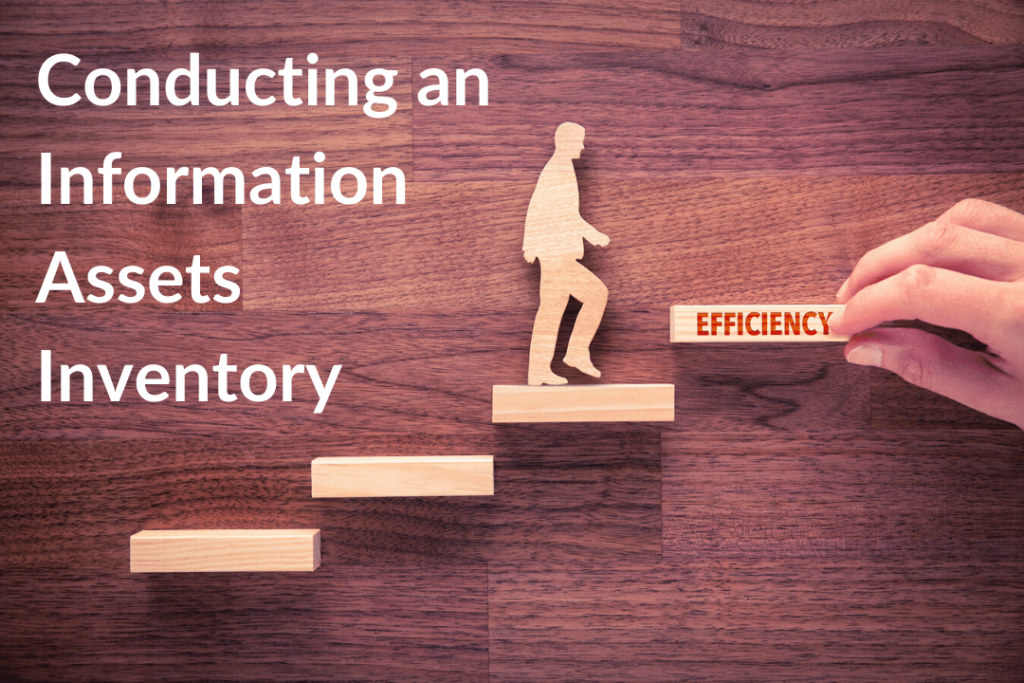Is the information your organization captures as important as the physical assets it owns or the money it makes? It should be, but figuring out how to put a value on your information isn’t easy or straightforward. Infonomics is a discipline that attempts to help you figure out how to look at your information as an asset. But there’s maybe a bigger question than does information have value – why does it matter if it does or not?
Understanding the discipline of infonomics
Let’s get the Garter definition out of the way (Gartner analyst Doug Laney first defined the term Infonomics in the 1990s):
“Infonomics is the emerging discipline of managing and accounting for information with the same or similar rigor and formality as other traditional assets (e.g., financial, physical, intangible, human capital). Infonomics posits that information itself meets all the criteria of formal company assets, and, although not yet recognized by generally accepted accounting practices, increasingly, it is incumbent on organizations to behave as if it were to optimize information’s ability to generate business value.”
Essentially, Laney believes that information does have value and you can measure it:
- It can have an exchange value
- It can generate positive economic value
- We can count/measure it – the question is how?
For companies like Google, Facebook, Twitter and other companies who make money off the information they capture such as data providers, understanding why information should be defined as an asset makes sense. And when you think about how much Microsoft paid for LinkedIn above its recorded value, you know the information LinkedIn stores was a driving factor.
But for companies who don’t sell information or sell advertising based on the information they have, do you need to determine its value on a balance sheet?
If you use your information to make business decisions, then that information has value Consider:
- Can you evaluate the information you currently capture to know what areas of the business to focus on?
- Does the information help you understand who your most valuable customers and target markets are and how to reach them best?
- Can you estimate the cost to your organization for improperly storing and managing information and the risk of cyber hacking, improper disclosure, or non-compliance with regulations?
Measuring the value of information using Infonomics
In 2016, AIIM held an Executive Leadership Council meeting on Infonomics. In the follow-up report, 2016 Executive Leadership Council, Infonomics: How Do You Measure the Value of Information, AIIM president John Mancini wrote,
“I believe that the core of this disequilibrium lies in our inability to measure and value the information assets of an organization properly. And this inability is reflected not only in a growing gap between what we report about companies and what we inherently know about companies, but also in systematically undervaluing the investments that companies make in processes to optimize information, protect it, and utilize it to create customer value. Simply stated, if you can’t measure it, you won’t value it.”
The discussion around how to value information produced four key insights:
- Assigning value isn’t easy – each consumer of the information will value it differently making it a subjective equation.
- How you value information depends on the type of asset it is and how it’s used. The participants agreed that you couldn’t manage all the information with the same rigor and that its value will change over time, making valuation challenging.
- As a term, Infonomics is still not well understood. It’s been over two years since this executive council, and it seems like we still aren’t much further along in sharing a common understanding and agreement on Infonomics.
- There is no current plan for the accounting profession to force the question of valuing information as an asset, even though they currently value some rare intangible assets such as Patents.
In his work on Infonomics, Laney lays out six information valuation models; three focused on non-financial valuations and three financial evaluation models. Not all organizations are ready or want to get to a financial evaluation, but they still want to understand the value of their information and how that value relates to running the business.
Information valuation models include:
- Intrinsic value – relates to the quality of the information
- Business value – relates to the quality and the timeliness of the information for business processes
- Performance value – how does having and using the information affect key business drivers?
Financial valuation models include:
- What does it cost to the company to acquire or replace information if it was lost?
- How much could you sell the information for on the market?
- How much does the information contribute to the bottom line?
Laney recommends to not look at information at the individual level, but instead group it into collections that you can then validate as a whole.
The first step – improving information governance
If you want to apply a value to the information you have and record it as an asset on your balance sheet, then the first thing you should do is establish an information governance program that firstly, ensures you know what you have, and secondly, properly classifies and inventories it as you would do for any other asset listed in your balance sheet.
Most of the organizations we work with and talk to aren’t selling their data. But they are trying to establish governance processes that improve the qualification of their information for improved business decisions.
To do that, they need to get buy-in (and funding) from executives to establish programs and processes that will:
- Clean out the information no longer needed, including ROT and information past its retention period or value to the business. This information should be considered an information liability which costs more to the organization to keep than its current or future value.
- Organize and classify the information into logical categories with relevant metadata, as well as leverage AI, machine learning and natural language processing to ensure both older and new information is organized properly.
- Set up information policies, including retention policies that align with compliance regulations and other business rules to manage the information.
- Apply and monitor security and permissions to ensure only the right people have access to the information wherever it resides according to information sensitivity. This will reduce risks and costs related to cyber theft and improper internal (accidental and on purpose) information disclosure.
Having your information well-governed makes it easier to think about and apply the valuation models Laney describes in Infonomics. Some people say Infonomics is the next evolution of information governance. We say it’s certainly the next step after you have established your governance program, and in the future, it will be a part of your governance program.
If you are working on your information governance program and are looking for solutions to help you find, clean and organize your content, and manage information policies, including retention schedules, we can help. Learn how we can help you or contact us to set up a demo.



